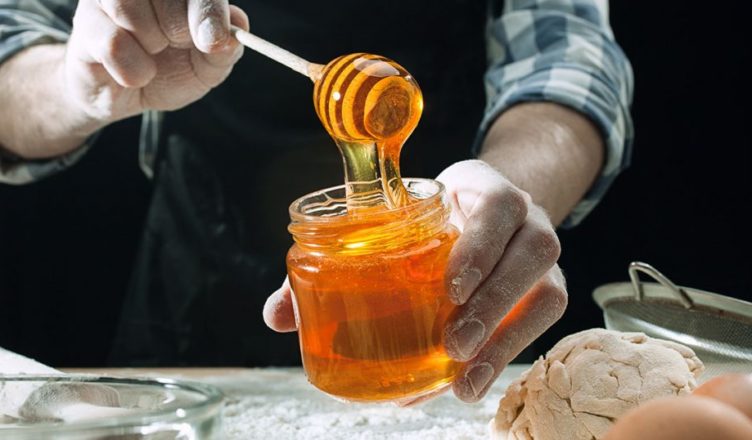People often opt for cheaper products to save money. However, it’s important to remember that these budget-friendly options are often less eco-friendly. Honey serves as a prime example. The cheaper varieties are likely not pure, even though advertisements might suggest otherwise.
Honey Ultrafiltration Research indicates that up to 76% of the honey available on the market has undergone ultrafiltration. This process transforms raw honey into a material suitable for food processing by removing contaminants such as wax residues. Unfortunately, ultrafiltration also strips honey of bee pollen, an essential component that offers numerous health benefits. Manufacturers argue that ultrafiltration prevents crystallization and extends shelf life, but they often overlook the nutritional value that bee pollen adds.

How to Recognize Fake Honey
Crystallization Pure honey naturally crystallizes over time. If your honey remains liquid indefinitely, it’s likely not pure. Always check the label when purchasing honey. Avoid products that list high fructose corn syrup (HFC) or commercial glucose as ingredients.
👇 To continue reading, scroll down and click Next 👇
ADVERTISEMENT

